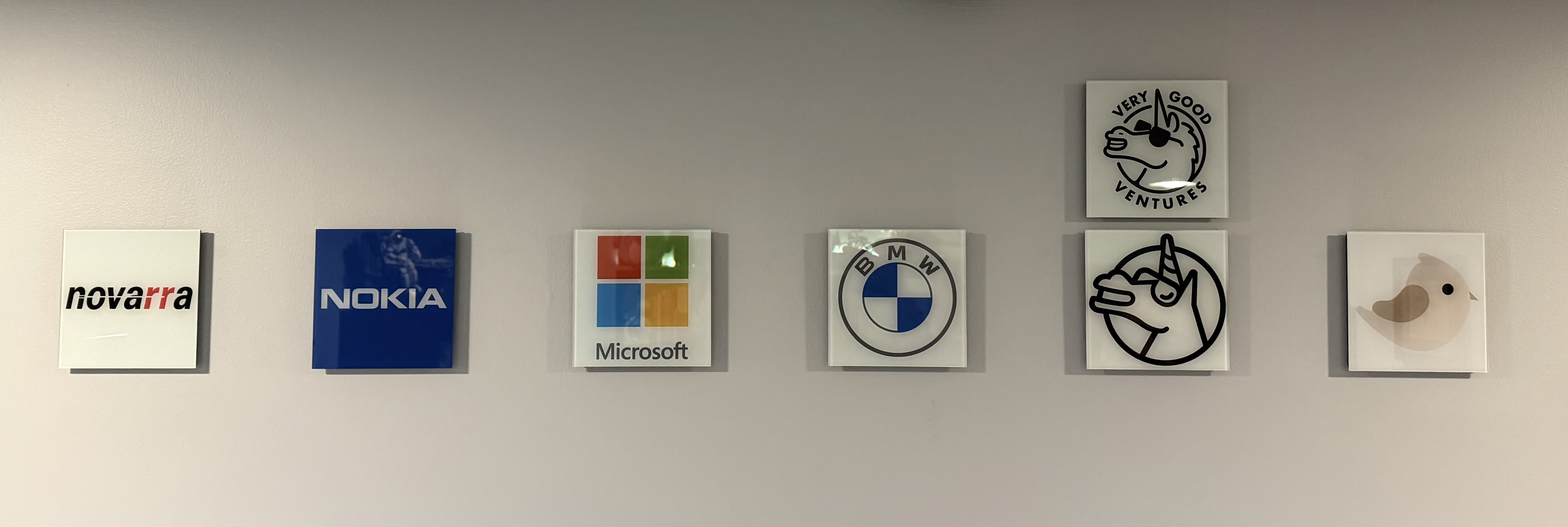For many, the transition to remote work was a dramatic shift forced by circumstance, requiring companies and employees alike to rethink how work gets done. But for me, remote work has never felt like a radical departure from the norm. Even when I worked in traditional office settings at companies like Nokia, Microsoft, and BMW, I was rarely in the “home office.” My teams were distributed across many countries, my meetings were virtual, and my work operated across time zones. In a sense, I was remote long before I was fully remote.
The idea for this look back actually came from looking forward. As I joined Shorebird and they were adding to the team for the first time in a while the “way of working” topic started coming up again and again. This caused the “How We Work” series by the Railway team to come up and be shared. They started this series in 2021 and have been adding in a new volume almost every year. You can check out part 2, part 3, and part 4 as well.
Remote, But Not Fully
At Nokia and Microsoft, I spent much of my time in regional offices, working with colleagues spread across different locations. Despite being in a physical office, my day-to-day work looked a lot like what people now associate with remote work. Collaborating over video calls, sending async updates, and navigating multiple time zones. These companies were built to support global teams, so the infrastructure to support it was already in place. Things like strong documentation, well-defined communication norms, and an understanding that work wasn’t confined to a single location. Nokia really had this nailed down from the start given that they had offices and factories spread across the world.
At BMW, the pattern continued. I wasn’t sitting next to all of my colleagues, and much of the work was asynchronous. I had the benefits of an office space, but the nature of the work was still highly distributed as we were working on a worldwide product. Because the company was so heavily weighted on the Europe side of things, most of our mornings would consist of meetings and phone calls to take advantage of the time zone overlap between Munich and Chicago. This left the afternoon a bit quieter so our development teams could focus on deliverables which was a nice way to split up the day.
Transitioning to Fully Remote
While it was forced upon us I actually think BMW handled the transition to fully remote work, for a period of time, pretty well. There were for sure some bumps in the road at the start, like the VPN not being able to handle an entire countries worth of workers on it all at the same time, but these were minor things that got resolved decently quickly.
When I joined Very Good Ventures, a fully remote company, and later Shorebird, the shift wasn’t about how I worked but rather about how the company was structured. Unlike large enterprises, these companies were built with remote-first principles from the ground up. There was no expectation of in-person meetings to “build alignment” or office spaces serving as cultural hubs. Instead, everything was designed for async collaboration, autonomy, and intentional communication.
The biggest change wasn’t in how I worked—it was in how the company supported remote work. At larger companies, remote collaboration was an adaptation; at fully remote startups, it was the foundation.
Lessons from a Career of Remote Work
- Remote Work Isn’t Just About Location - It’s about how work is structured. Large companies may have global teams, but that doesn’t make them remote-first. The difference comes down to processes, expectations, and communication styles.
- Async is Key - Whether working in an office or remotely, the ability to document decisions, communicate clearly in multiple ways, and work asynchronously makes everything run smoother.
- Autonomy Matters - Remote work thrives when individuals take ownership. In a remote-first company, there’s no manager stopping by your desk to check in. Success depends on trust and accountability and for some people that’s a hard transition to make.
- Culture Needs to Be Intentional - In fully remote teams, culture doesn’t happen in the break room. It’s built through deliberate effort. Things like regular check-ins, in person meetings a few times a year, and clear and consistent communication are setting the standard for everyone to strive for.
Looking Ahead
For me, remote work isn’t a trend—it’s been the reality of my career from the start. Whether at large enterprises or fully remote startups, the key has always been having the right systems in place to support distributed work in our overly connected world. It’s sad to see so many companies force the return to office topic onto their staff. In some cases yes you just can’t get away from the need to be in person, but does it need to be 5 days a week? And as more companies embrace remote-first models, I believe the focus should shift from where we work to how we work. Because in the end, location is just one small part of the equation.
